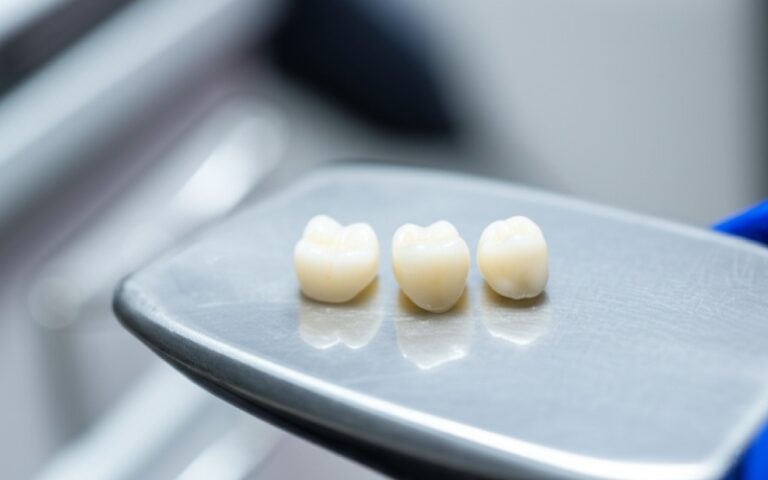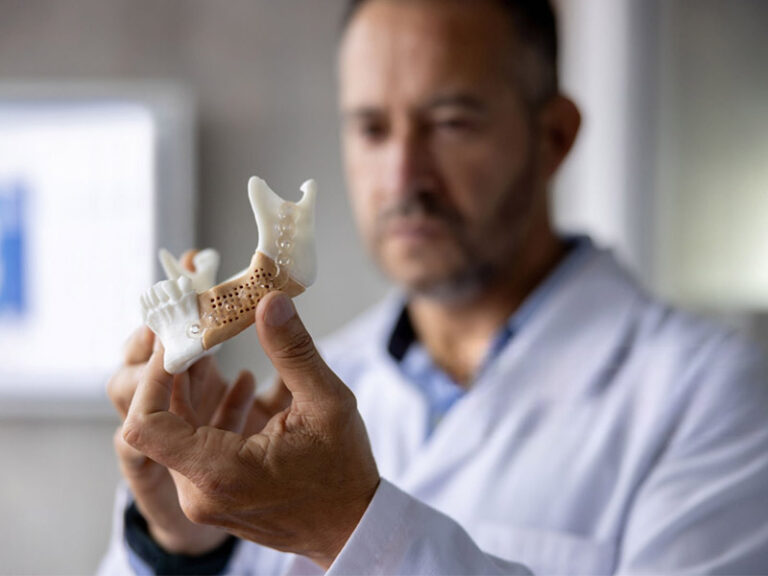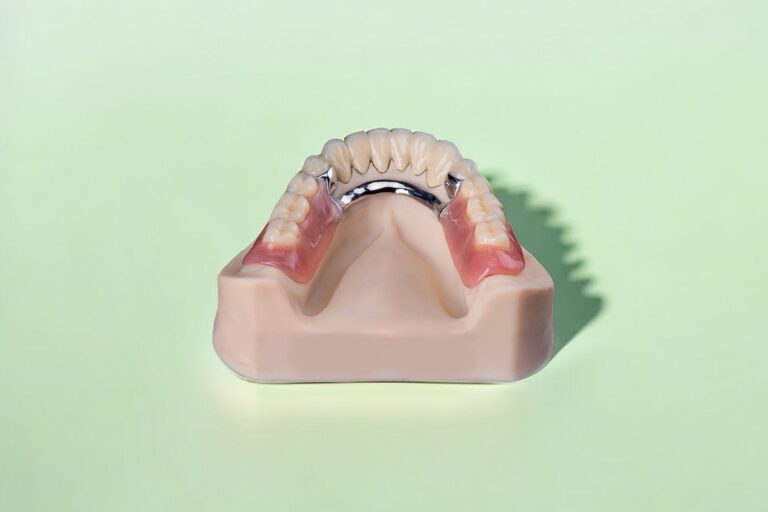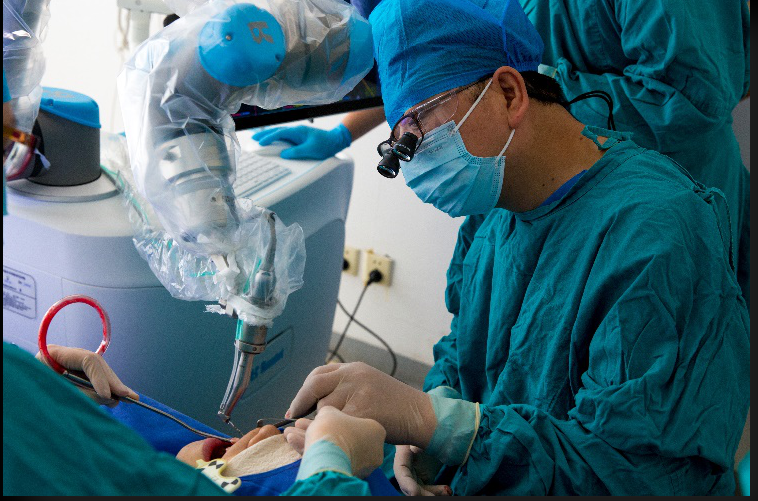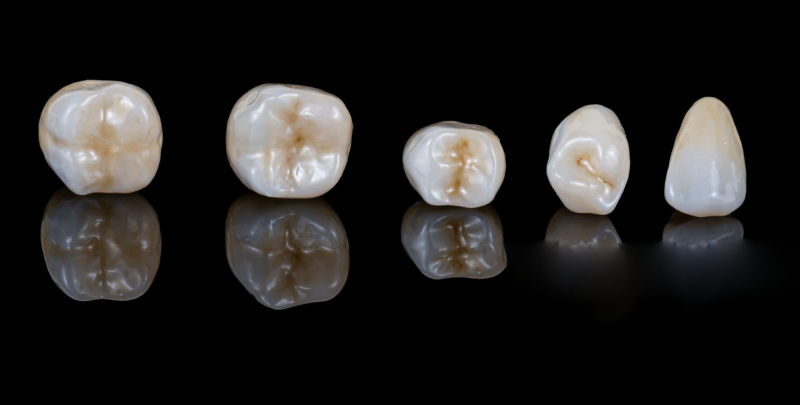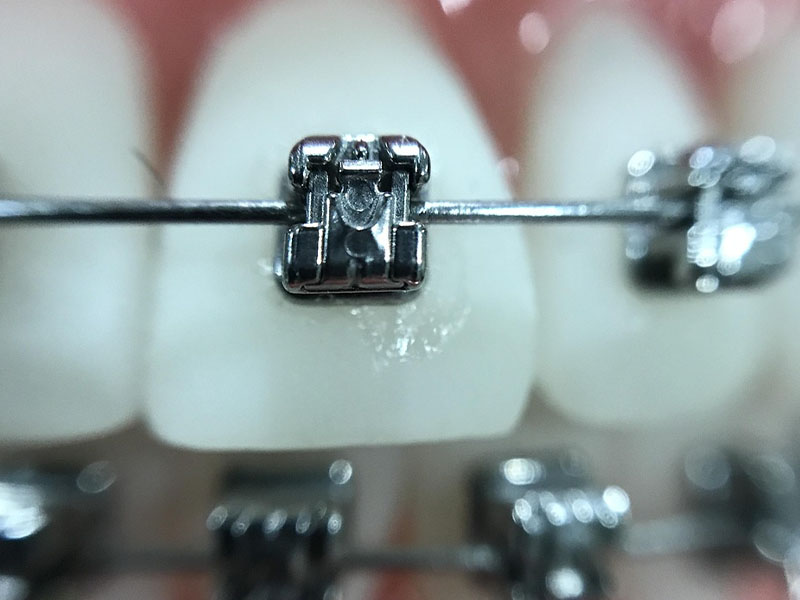
Arch Wires in Orthodontics: Your Guide to Straighter Smiles
Written from my personal journey as a patient curious about braces and later, from what I learned working closely with orthodontic professionals.
Table of Contents
What Are Orthodontic Arch Wires?
When I started my own trip with braces, I honestly thought those metal wires were just there to “hold” everything together. I only learned much later that these wires—called arch wires—are the real stars doing the hard work that you never see. They’re the main piece of every set of braces, and without them, teeth just wouldn’t move even a bit.
So, what is an arch wire? It’s a thin, bendy piece of special metal or mix of metals that goes into the small slots of the brackets stuck on your teeth. These wires stretch across both jaws, helping to shape and connect your teeth. Arch wires gently push on teeth so they move where they’re supposed to go.
From my own time looking into the orthodontist’s drawer, arch wires come in different colors, sizes, and even metals. I’ll talk about that soon.
The Core Function of Arch Wires: Guiding Tooth Movement
I used to think moving teeth was like shoving big furniture across a rough floor—lots of force, lots of noise. The truth is, the process is actually much simpler! Arch wires don’t use a lot of force. They do their magic with steady, calm pressure.
Let me try to explain with an easy example. Picture a young tree tied to a stick with string. The stick doesn’t pull the tree up quickly; it just helps it to grow straight over time. Orthodontic arch wires work the same way—they help your teeth slowly and safely move into the right place.
How Does It Work?
At every checkup, my doctor changed or tweaked my arch wires. Why? Because as teeth moved, so did the path that needed guiding. The orthodontist uses the wire’s tension and give to make the right amount of push on the teeth so they move as planned.
- Stage 1: First wires are super bendy and light. Their main thing is to start straitening teeth (they were perfect for my own crowded mouth).
- Stage 2: Once teeth are kind-of straight, stiffer wires with more “strength” come in. These are good for moving roots and shutting larger spaces.
- Stage 3: As you get closer to the end, the thickest, strongest wires make the last tweaks—to get everything just right.
Arch wires also get picked just for you. Some have open springs to make space where you need it. Others have little bends or twists for certain movements.
It really surprised me just how detailed the science is. Orthodontists pick wire metal and thickness based on where you’re at with treatment and what exactly needs fixing—like an overbite or a stubborn tooth that just won’t move.
Types of Arch Wires: Materials, Shapes, and Their Uses
During my own run with braces, and after talking to orthodontists around Maryland, I’ve seen more kinds of arch wires than I can count. But here’s what every patient should know.
Materials
Nickel Titanium (NiTi)
NiTi wires are the hidden stars for comfort in braces. These “smart” wires have special memory and can snap back to their shape. Even after you bend or twist them, they try to go back to the way they started. This lets orthodontists use them early on: just put them in, and watch even the most out-of-place teeth get pulled in line.
- Best for: The beginning phase.
- Why I liked them: They hurt way less than the wires my friends used to complain about. And I hardly noticed them, no matter if I had something hot or cold to drink.
Stainless Steel
These always made me think of tough steel cables, and I can see why. Stainless steel wires are strong, stiff, and give out steady force. When my treatment got to the part with serious movement, like closing big gaps or getting my bite straight, my orthodontist used these.
- Best for: Big moves and fine-tuning at the end.
- You see them: Later in treatment.
TMA (Titanium-Molybdenum Alloy) / Beta-Titanium
Orthodontists like “TMA” because it’s a good middle ground. It bends enough for tricky jobs but is tougher than NiTi. My doctor used a TMA wire to make small fixes without needing to change the whole thing often.
- Best for: Custom bends, tough cases, or when you’re in the middle stages.
Copper NiTi
This is an improved version of classic NiTi, with copper thrown in to make it softer and respond better to heat. The wire “wakes up” when it gets to your body temperature, so it’s easier to put in and works smoothly after.
- Best for: More comfort and slow, gentle tooth moving.
- Story: My friend with touchy teeth said her orthodontist switched her to copper NiTi wires, and she felt better almost instantly.
Other Special Materials
- Gold-plated wires: For people who want style or are allergic to certain metals.
- Coated wires: For those who want their braces to show less metal.
Shapes and Stages
The next big difference is shape. Not every wire is just straight—they are curved to match your own dental arch.
Round Wires
Thin, round wires go in first. In my experience, these feel the best. They’re bendy, help untangle crowding, and let teeth “settle in” to better spots.
Rectangular and Square Wires
These are the closers. Their flat sides fit tightly with the brackets, letting orthodontists control twist and tilt to make your final bite line up right. That’s how they fixed my bite, made sure the teeth edges lined up, and that everything fit perfectly.
Custom and Special Wires
For tough problems, orthodontists get creative. They might use special made, pre-shaped, or heat-sensitive wires for certain movements. Sometimes there are coils or springs added to open space or tug teeth into place.
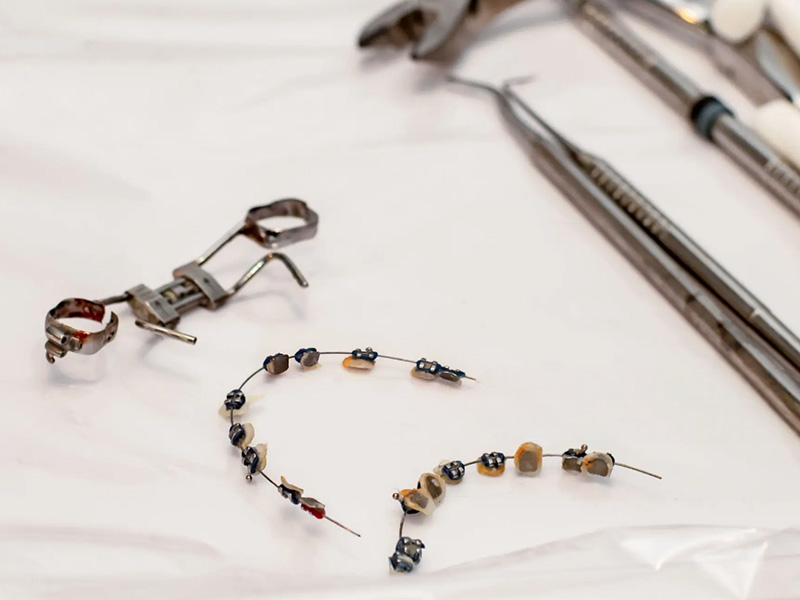
The Archwire’s Trip Through Your Orthodontic Treatment
After a while, I started to think of each new arch wire as a runner passing off the baton in a relay race. Here’s what happens from start to finish:
Initial Phase: Getting Things Moving
The first wires are soft, skinny, and pretty springy. Their job is to put your teeth in motion, and NiTi wires gave just enough push to start moving my crowded teeth. Any weird feeling went away quickly.
Working Phase: Heavy Lifting
Once things lined up a bit, my orthodontist changed to a stiffer wire. This is where rectangular, TMA, or steel wires came in. Their job: move roots, shut tricky gaps, and fix hard bite problems.
This stage meant I had to watch out more with food and brushing, because the wires were stiffer and I’d feel some soreness.
Finishing Phase: Making It Perfect
This is the end! Here, thick, stiff wires made sure every bit was where it should be. These felt different—there wasn’t much movement, just a feeling that things were steady. I always knew this meant I was almost done.
Checkups and Changes
At every visit, my orthodontist looked at the wire and checked how my teeth moved. Sometimes they simply put in a new wire, but other times they made tiny bends with tools. If a bracket came loose or a wire broke (mine did once—thanks, popcorn), I called for a quick fix.
Taking Care of Your Arch Wires and Braces
This is where what YOU do can really help or hurt your progress. I learned this the hard way with my first snapped wire!
Brushing and Cleaning
Arch wires make new tiny places for food and gunk to hide. I quickly learned regular brushing wouldn’t cut it. My orthodontist said:
- Use a soft toothbrush and move in circles
- Try small “proxy” brushes that clean under the wires
- Floss threaders help you go between teeth, even with the wire on
- Rinse your mouth a lot
Keeping everything clean not only saves your teeth, it keeps the wires working the way they should.
Foods to Stay Away From
By my second visit, I had a list in my head: skip popcorn, nuts, chewy candy, or hard bread. Even biting straight into apples was asking for trouble. Chewy or hard stuff can bend or snap a wire, making your treatment take longer.
What to Do If Something Breaks
It’s normal for a wire to stick out or for a bracket to pop. I was taught to put orthodontic wax on anything stabbing my cheeks and to call my orthodontist fast. Don’t try to snip or bend a broken wire at home—that’s a job for the doctor!
Finding Good Orthodontic Care with New Arch Wire Options in Maryland
I live in Maryland and spent a lot of time looking for the right clinic, searching reviews, and talking to folks in places like Baltimore and Silver Spring. The right orthodontist makes a huge difference—not just because of new tech, but also in how they treat you.
Picking Your Orthodontist
From my experience, the best orthodontists in Maryland always:
- Keep up with the latest archwire choices (like copper NiTi or coated wires)
- Take time to talk you through the steps, the wires, and when things will happen
- Respond quickly if there’s ever an emergency
- Know all about regular and self-ligating archwire systems
Questions to Ask at Maryland Clinics
Here’s what you should ask when you have your first visit:
- What types or brands of arch wires do you use here (like 3M Unitek, Ormco, or American Orthodontics)?
- How often will my wires get changed or tightened?
- Can you give me clear or coated wires if I’m worried about how braces look?
- Is your team good with self-ligating or new braces tech?
- What happens if my wire snaps or I’m in pain?
Costs and Insurance
Arch wires are part of most treatment plans, but prices can change a lot in Maryland. I saw costs from $4,500 to $7,500 for all of traditional braces. Always ask about ways to pay, insurance, and what’s covered. Most top spots are in big cities, so they’re easy to get to.
Questions People Ask About Arch Wires
After years going through braces and talking to orthodontists, these are the questions I hear most:
How Often Do They Change the Arch Wire?
Usually every 4-8 weeks. It depends on how fast your teeth move and what wire you have at the moment.
Do Arch Wires Hurt?
It’s different for everyone. I found putting on the first wire just a bit sore for maybe a day or two—the NiTi wires were much easier. The thicker wires later on did hurt for a few days sometimes.
Can I Pick What My Arch Wire Is Made Of?
Not always. Your orthodontist will choose the best for your teeth and the stage you’re in. But if you’re allergic to stuff like nickel, or want coated or gold wires for looks, just ask—they may have some choices.
What’s the Difference Between Self-Ligating and Regular Braces?
Self-ligating braces let the wire move around easier, so there’s less rubbing and sometimes faster treatment. Regular braces use little rubber bands or ties to hold the wire in place. I tried both, and while self-ligating sometimes meant faster visits, the end result was the same—a straight smile.
Conclusion: Arch Wires – The Heart of Your Straight Smile
If I learned one thing in my braces journey, it’s this: arch wires do the real work. Brackets hold things, but the wire is what guides—the boss, but gentle and patient. With new wires like extra-bendy NiTi and less obvious coatings, braces are getting easier and better in Maryland and everywhere.
So, whether you’re thinking about getting braces or already halfway through, remember: that small wire in your mouth really is a bit of science, care, and new ideas. With the right orthodontist and some patience, it’ll lead you to the healthy, straight smile you want.
If you’re in Maryland and have questions about arch wires or braces, don’t wait to ask your local orthodontist. Just one visit can answer your questions and help you start, just like it did for me. “`

